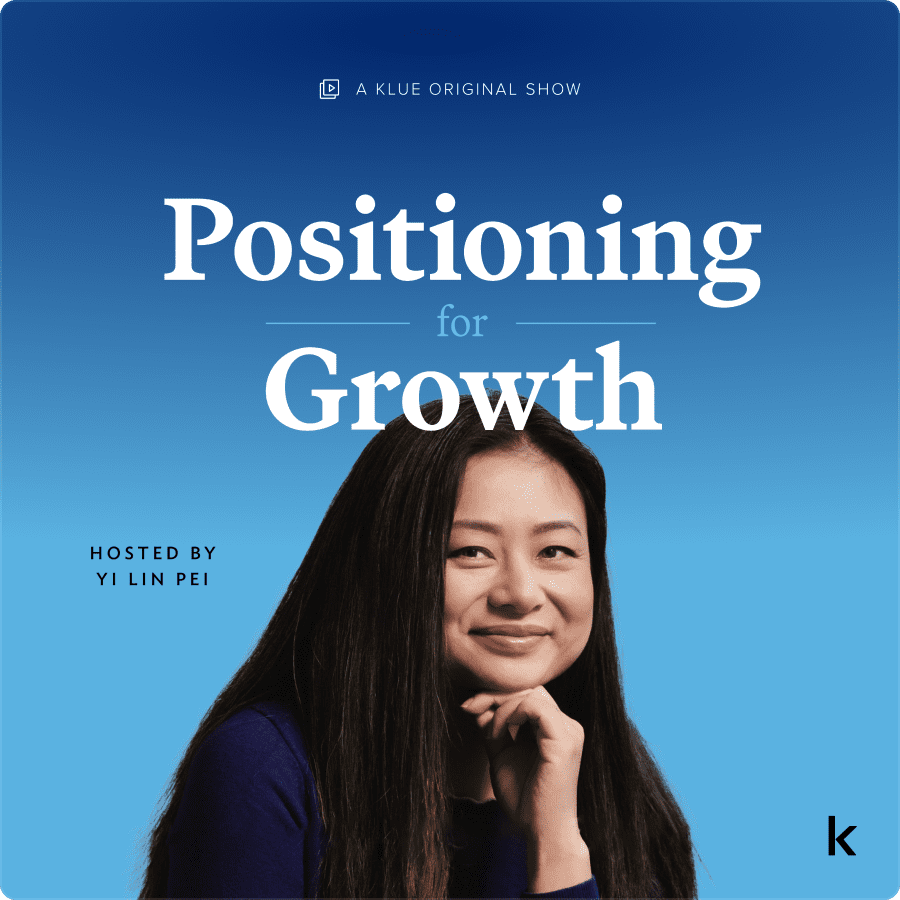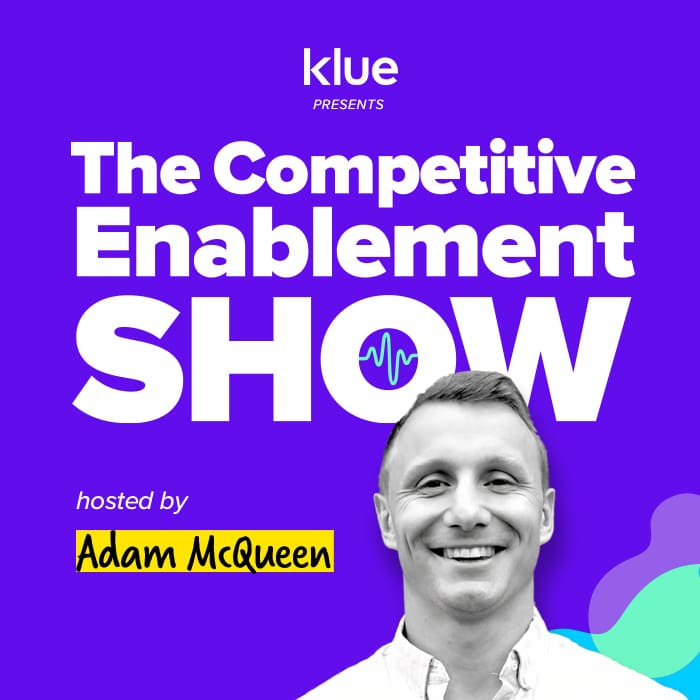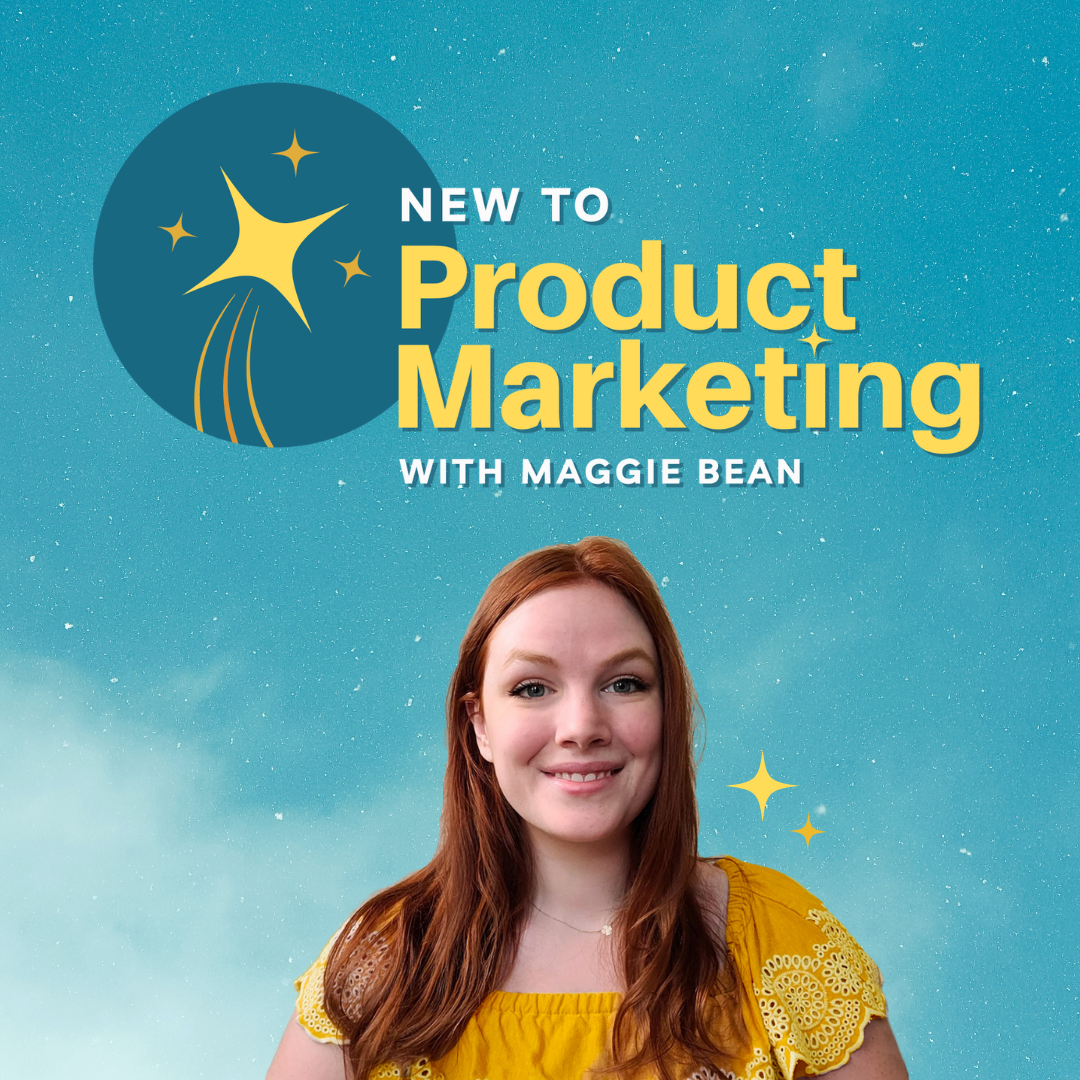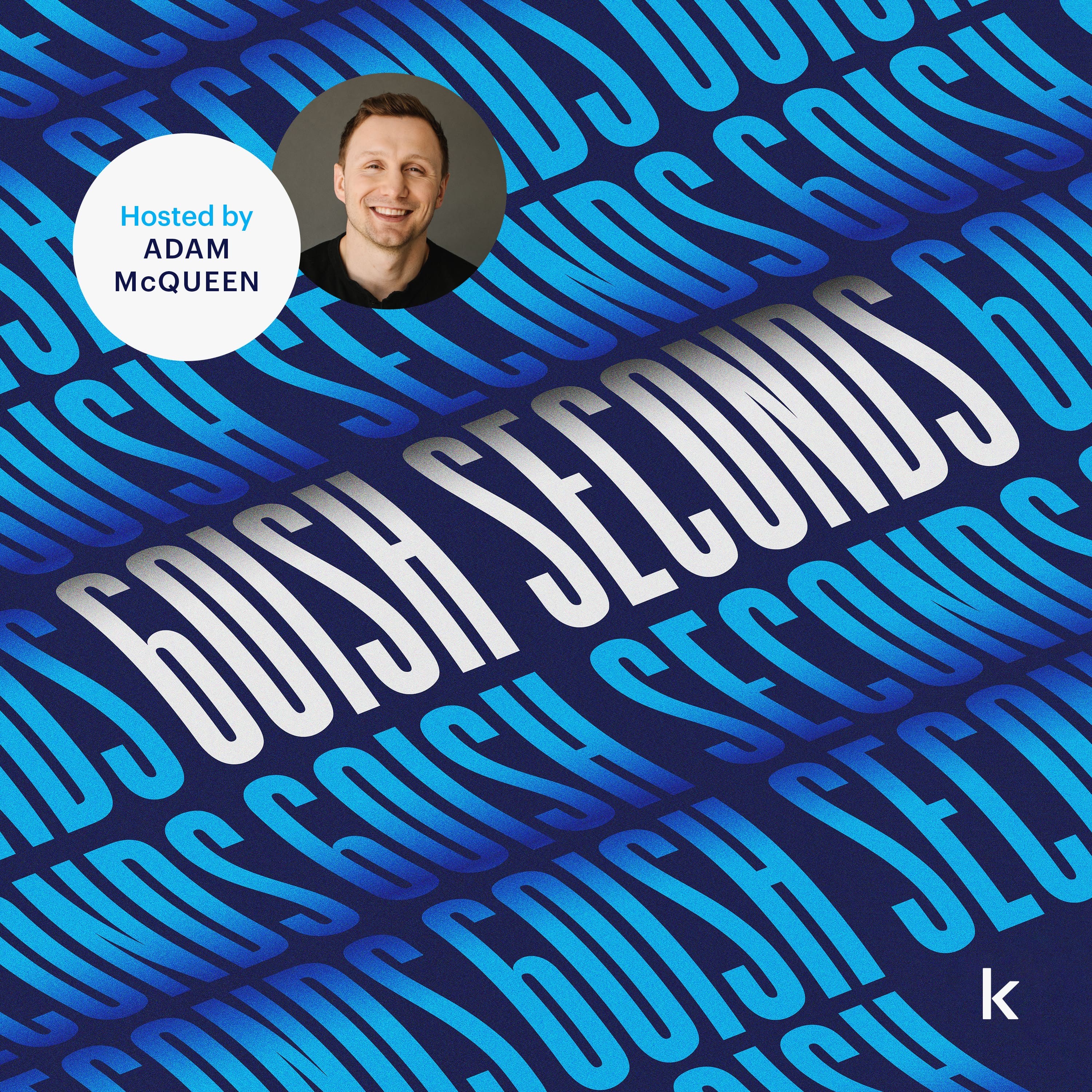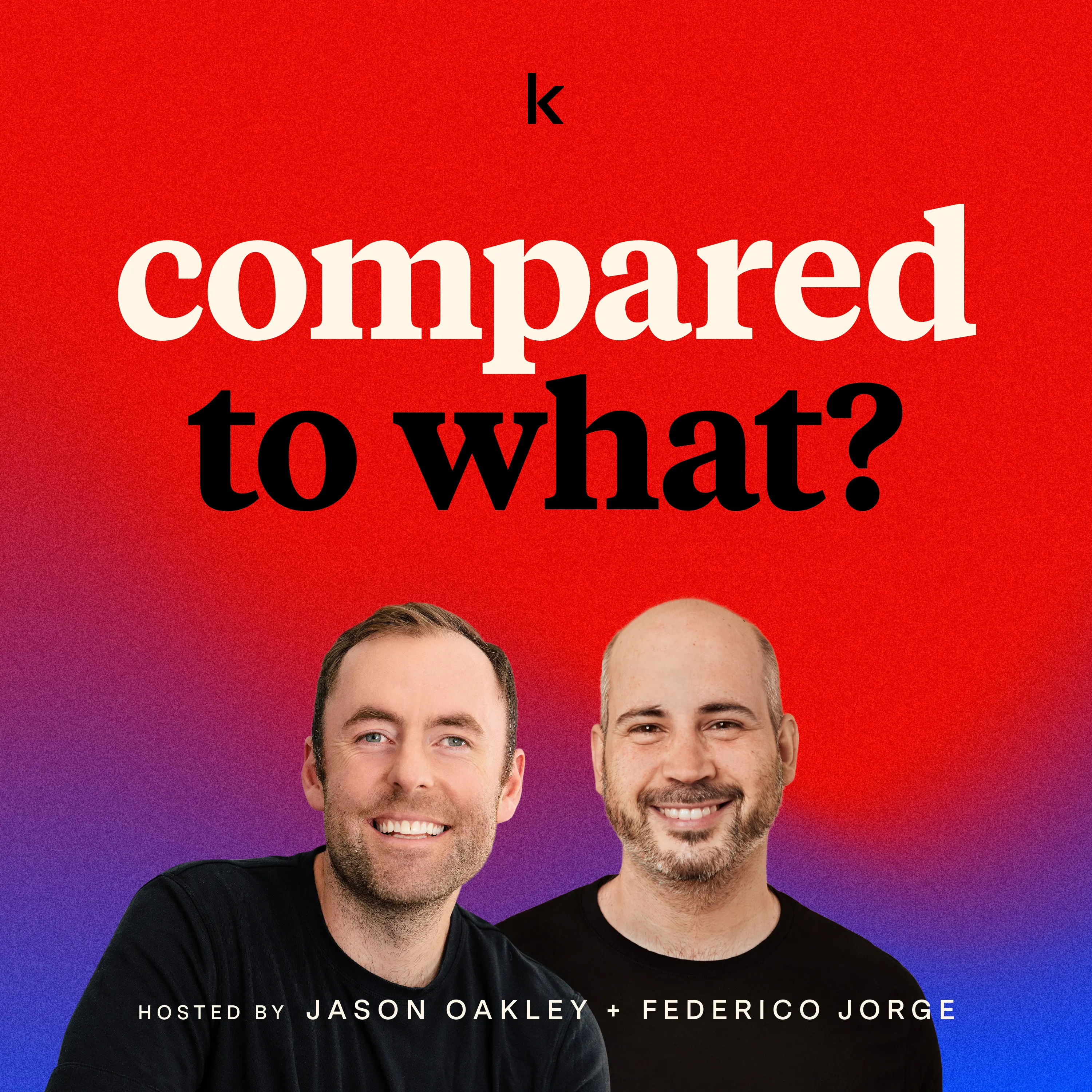Building A Competitive Intelligence Newsletter that People Actually Want to Read | Nick Larson, Staffbase
Listen to the episode on Spotify, Apple Podcasts, or wherever you get your podcasts
The Sparknotes
⛔️ Don’t ever include a story in your competitive intelligence digest if you can’t answer why it matters
“If you just share that a senior member of the leadership team of one of your competitors left, that’s great. But you need to ask, what does it do for me as a sales rep? Why do I care?”
For your competitive intelligence newsletter to be relevant, it needs to offer bits of information that are relevant and applicable.
Sounds obvious, but it’s easier said than done.
One way to make sure you’re including only relevant intel is to make sure you have a thoughtful response to the question, why does this matter?
Think of your audience. What’s the insight they need to draw from the piece of intel you’re sharing?
How might a change in leadership in a competitor affect how they compete in deals?
How does a new acquisition by a competitor change their differentiation and value proposition?
If you can answer these questions, then the piece of intel deserves to be included in your competitive intelligence digest.
If not, throw it out.
Keep the structure of your competitive intelligence digest flexible to allow for more variety
“If you have a really specific format — say you want to have one story about new features that a competitor, one story that’s like a spotlight on a deal — then sometimes that forces you to to reach for stories that aren’t important.”
Lots of folks are searching for a black and white competitive intelligence newsletter template to get started.
This might actually be a mistake, caution our experts.
If you build yourself an overly prescriptive check list, where you need one story based on a deal won, one a deal lost, and then some competitor information, you risk backing yourself into a corner.
The only structure you need for a competitive intelligence newsletter is to make sure to leave ample room to communicate why a piece of intel matters.
Present the intel, give it some context, then include the insights and takeaways.
But don’t get hung up on filling some kind of made up quotas for the kinds and amount of stories to include.
Give shoutouts to your coworkers for the intel and insight they provide
“Just giving them that little shout out for sharing is going to make them more likely to contribute intel, because then their work is then getting recognized in the in the newsletter.”
Building a “culture of compete” is a huge undertaking for organizations.
But when the whole organization buys into competitive enablement, the whole organization benefits.
As a leader of competitive enablement, one of the ways you can increase engagement is by giving credit to your colleagues.
When a sales rep finds a juicy piece of intel, shares it with the squad, and even includes some valuable insight, you’ll want to shout it out.
This helps incentivize others in the organization to share intel. And by highlighting examples of good insight, you’re setting the expectation for intel sharing moving forward.
Here’s an example from a Klue newsletter of how that can look:




NEWSLETTER

Competitive strategies in five minutes or less. Straight to your inbox.
The official newsletter of The Compete Network with the best compete content from Klue, our customers, and compete experts from around the industry. Coffee & Compete's got you covered.


